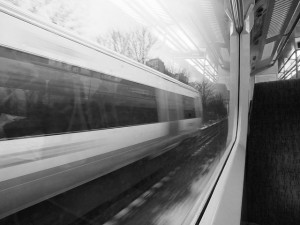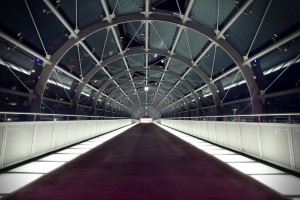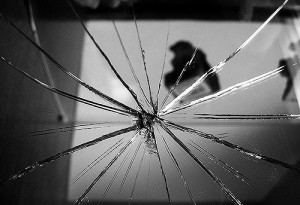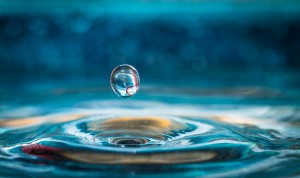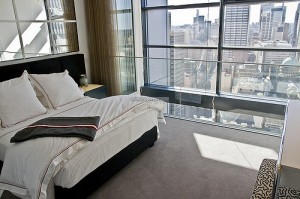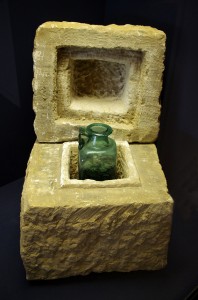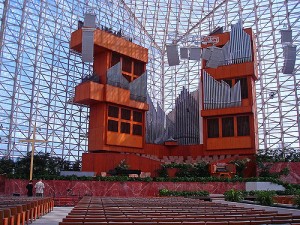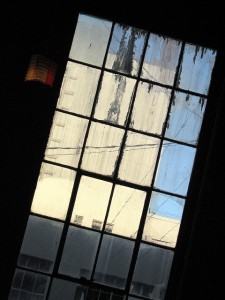Window glass could improve mobile signals
The high metal content of rail cars tends to frustrate cellular signals, making both phone and Internet connectivity difficult. Train windows are typically designed to help insulate the passenger compartment. Heating and cooling for the passenger compartments consume as much as one third of the energy used by a train during travel. Windows represent a significant source of energy loss. To combat this, train cars use double-pane windows coated with a very thin metallic coating. That increases the insulation and reduces energy losses.
The metallic coating on the window glass significantly diminishes a mobile device’s ability to detect and connect to available cellular networks. Train companies accommodate the signal degradation by installing and maintaining boosters and on-board network services. The specially designed mobile access equipment is expensive to maintain and must be replaced regularly to keep pace with improvements in telecommunications networks.
Researchers at EPFL suspected that by modifying the metallic coating between window panes, they could reflect heat waves that would otherwise make the cars uncomfortably warm while admitting telecommunications signals. By laser-scribing the metallic coating to remove a small amount of it, the researchers were able to admit cellular signals without compromising the energy-efficiency of the windows.
Full-sized prototype windows were created and tested under operating conditions. Researchers confirmed that cellular signals were able to pass through the prototype glass as easily as they pass through ordinary glass. The glass will reduce operating costs by eliminating the need for repeater equipment on trains.
In addition, the technique could be modified to allow the coating to be frequency-selective. This could allow the coating to be used on buildings to block outside Wi-Fi signals while still admitting other kinds of services.
Glassprimer™ glass paint is a specialized glass coating that bonds permanently to glass surfaces. GlassPrimer also makes a glass surface molecular activator that is designed to work with UV-inkjet glass printing processes. For more information about Glassprimer™ glass paint, please visit the rest of our site. If you’d like to purchase Glassprimer™ glass paint, please visit our online store
Photo Credit: Sarah Bickie, via Flickr.com

